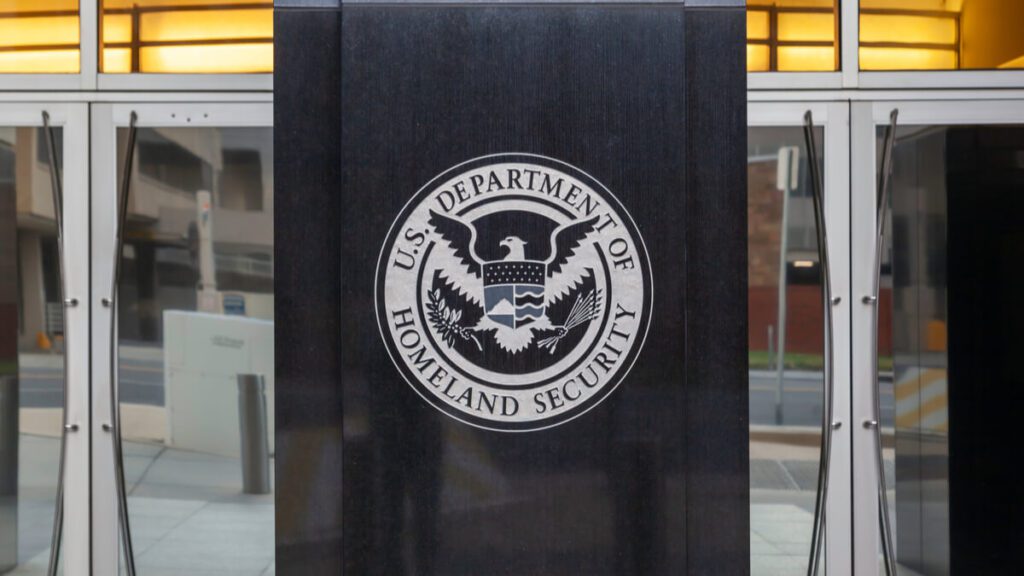
As a prologue to the search engine’s plans to conjointly work with the government, Google announced on Thursday that it received around 20,000 geofence warrants from U.S. authorities, portraying a conceptualization on how these warrants are wielded into the system.
Geofence warrants, or as alternatively referred to as reverse-location warrants, are a controversial modern concept. By obtaining permission from a judge, they allow the police to acquire anonymized data from the search engine titan from almost any device, in a specific geographic area and time.
Any information provided to the police would be anonymous, but law enforcement entities can analyze the data and narrow it down to several devices it might deem important to the investigation. Then, the Police would ask Google to release the users’ names and other data.
A document published by the tech giant revealed an increase in the amounts of warrants asking Google to pinpoint some users based on location history. This can be managed by data collected by the company from users consuming its mobile services, which by design will strengthen the platform’s advertising business.
Since 2018, Google dealt with thousands of geofence warrants every quarter, and in some cases, the social networking company accounted for roughly one-quarter of all U.S. warrants received by authorities, according to the document.

Following the data, in 2018 alone, Google received 982 geofence warrants, 8,396 in 2019 and 11,554 in 2020. However, despite receiving an extensive sum of warrants, these numbers only portray a minimal glimpse into the mass of warrants received.
“We vigorously protect the privacy of our users while supporting the important work of law enforcement. We developed a process specifically for these requests that are designed to honor our legal obligations while narrowing the scope of data disclosed,” Google spokesperson, Alex Krasov, said in a statement.
Since Geofence warrants aim to distinguish people of interest’s location, authorities consider them as an asset in identifying a near vicinity during the same period of which a crime is committed.
When one warrant is required for an investigation, law enforcement units ask the court to order Google to provide the police with details regarding who was in a certain geographic area, to help identify probable defendants.
It is of value to highlight that in 2018, the Associated Press remarked that the social networking company could still have access to users’ location data, even if the feature is “paused” on users’ devices.
To deconstruct the scenario, what can be referred to as Google’s collaboration with law enforcement entities could be perceived as the titan’s latest attempt to demonstrate in good faith, undisclosed transparency towards U.S. authorities, as an endeavor to estrange regulatory examination.
Inside Telecom provides you with an extensive list of content covering all aspects of the tech industry. Keep an eye on our Ethical Tech section to stay informed and up-to-date with our daily articles.